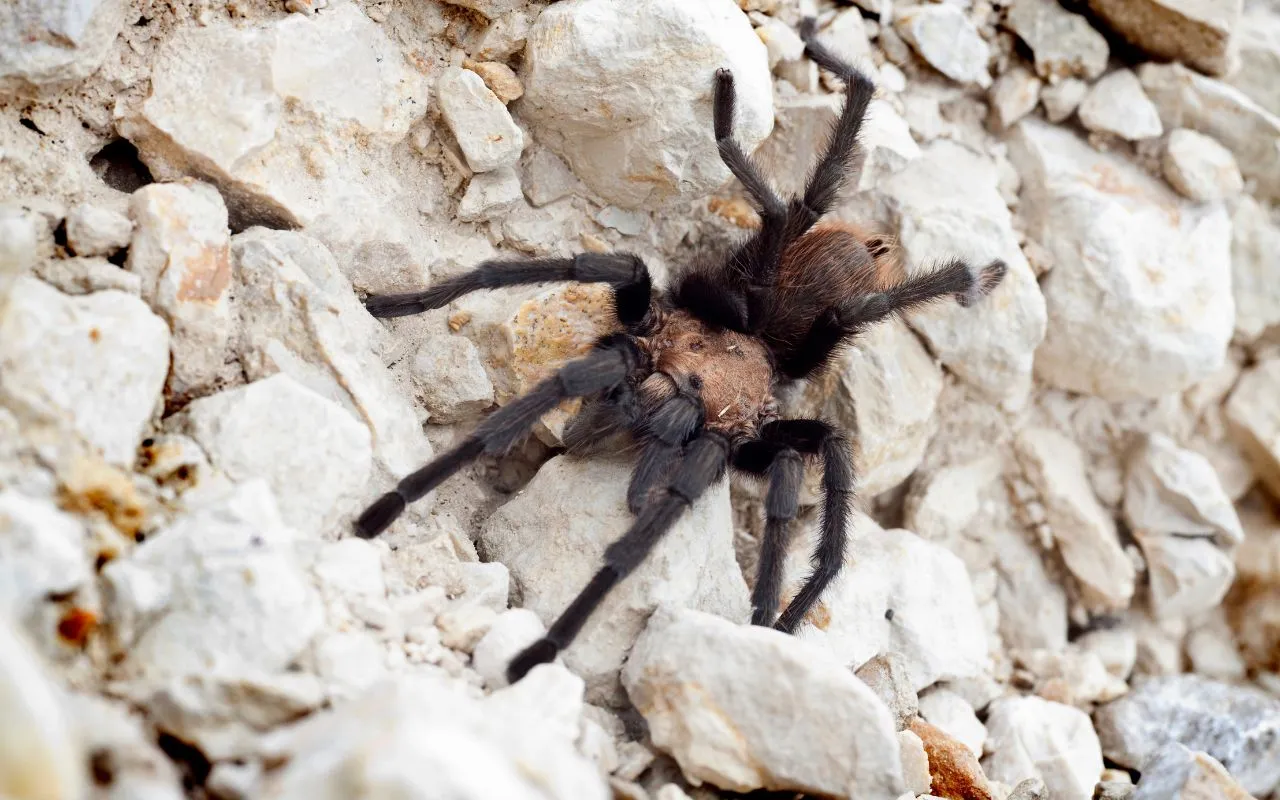The Texas Tan Tarantula, scientifically known as Aphonopelma anax, is a fascinating creature that captures the imagination of many. As a full grown specimen, it represents a significant stage in its life cycle, embodying the apex of its physical development and behavioral complexity. These large, hairy spiders are native to the southwestern United States and are a captivating subject for anyone interested in arachnids. This article will dive deep into the world of the full grown Texas Tan Tarantula, providing essential facts about its appearance, habitat, behavior, and more.
What is a Full Grown Texas Tan Tarantula
A full grown Texas Tan Tarantula is an adult spider that has reached its maximum size and reproductive maturity. This stage is usually achieved after several molts over a period of several years. These tarantulas can live for a significant amount of time, especially the females, who can survive for up to 25 years in ideal conditions. Understanding the characteristics of a full grown tarantula is key to appreciating their role in the ecosystem and recognizing their unique attributes. They are a testament to the resilience and adaptability of nature, thriving in the harsh environments of their natural habitat.
Appearance and Characteristics
The Texas Tan Tarantula gets its name from its tan to brown coloration, which provides excellent camouflage in its natural surroundings. These spiders are covered in hairs, which serve sensory and defensive functions. Full grown females can have a leg span of up to 5 inches or more, making them quite imposing. Males are typically smaller and more slender, with longer legs. Their bodies are divided into two main parts the cephalothorax and the abdomen. The cephalothorax holds the spider’s head, eyes, mouthparts, and legs, while the abdomen contains the internal organs. Their appearance is both striking and functional, perfectly adapted to their lifestyle.
Size and Lifespan
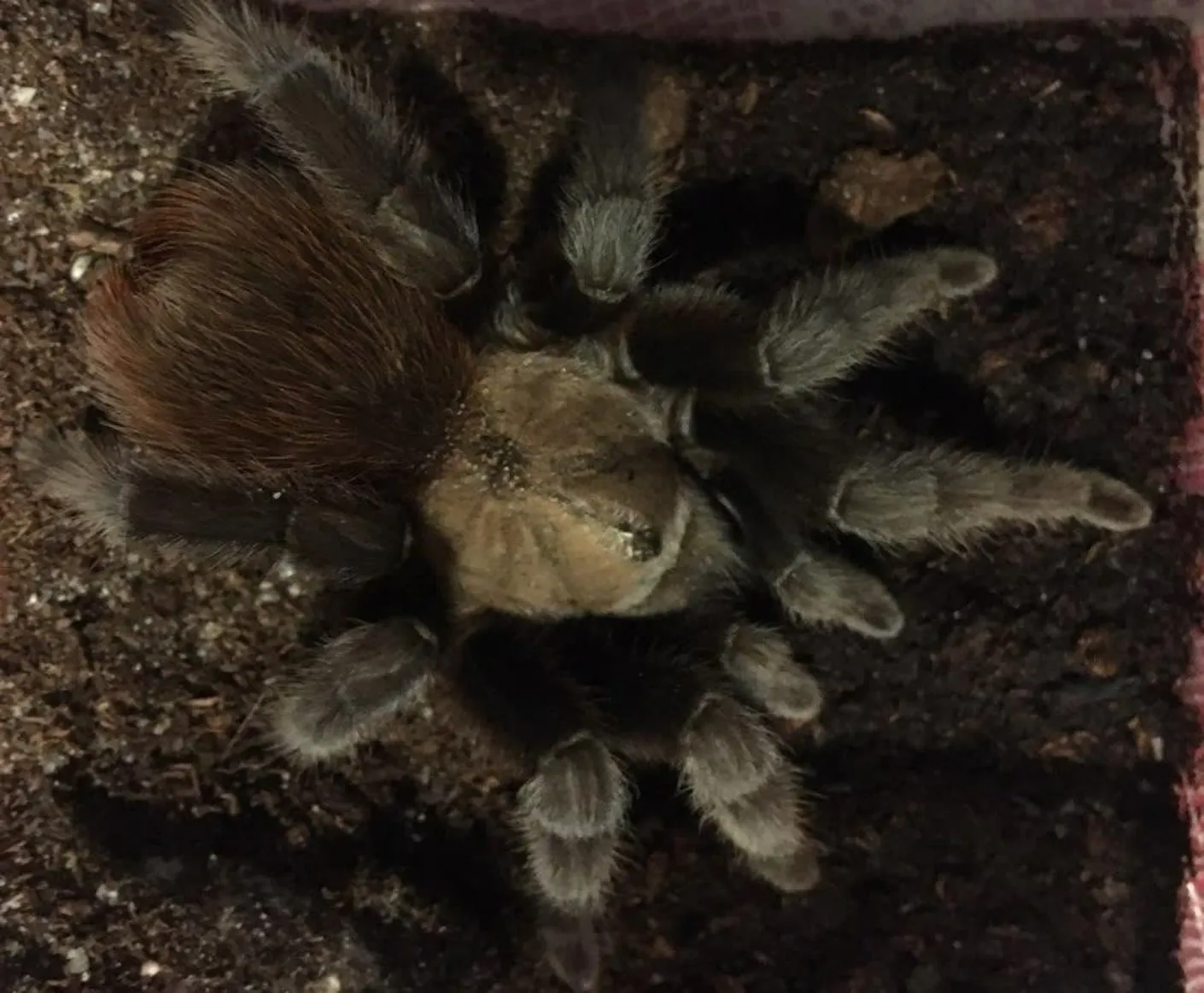
As mentioned earlier, full grown Texas Tan Tarantulas reach a considerable size. The leg span is a key measurement for tarantulas, and these spiders can reach impressive dimensions. The lifespan varies between sexes, with females living significantly longer than males. A female can live for up to 25 years, while males usually live for only 5-10 years. The size and longevity of these spiders make them a long-term commitment for those who keep them as pets and an interesting subject to study. Their extended lifespans allows for a fascinating insight into the arachnid world.
Habitat and Distribution
Texas Tan Tarantulas are primarily found in the southwestern United States. Their distribution is closely tied to the availability of suitable habitats, including grasslands, scrublands, and open woodlands. The spiders are well-adapted to the climate of this region, which includes hot summers and relatively mild winters. Understanding their habitat is crucial for conservation efforts and for providing appropriate care to those kept in captivity. They are a crucial component of their environment, influencing the balance of the ecosystem and providing a link in the food chain.
Natural Habitat
In their natural habitat, Texas Tan Tarantulas create burrows in the ground or utilize existing crevices for shelter. These burrows provide protection from predators and the elements. The spiders are generally nocturnal, spending most of the day inside their burrows and emerging at night to hunt. They prefer areas with loose soil that is suitable for digging, and where there is ample prey available. The characteristics of the habitat, such as the soil type and the presence of vegetation, play a key role in shaping their behavior and survival strategies.
Geographic Range

The geographic range of the Texas Tan Tarantula primarily includes the states of Texas, Oklahoma, and parts of New Mexico and Arizona. Within this region, they can be found in various habitats, from arid deserts to grassy plains. The distribution is not uniform, with local factors influencing their presence. Changes in the climate and habitat destruction can impact the distribution of these tarantulas. Conservation efforts often focus on protecting the key habitats within their range, to maintain healthy populations of these unique spiders.
Diet and Feeding Habits
Texas Tan Tarantulas are primarily predators, feeding on a variety of insects and small animals. They are ambush predators, waiting patiently for prey to come within striking distance. Their feeding habits are crucial to their survival and play a vital role in the ecosystem. The types of prey they consume vary depending on their size and the availability of food in their specific habitat. They are a key element of the food web, playing a role in controlling the population of insects and other arthropods.
Prey and Hunting
The diet of a Texas Tan Tarantula consists mainly of insects like crickets, grasshoppers, and beetles. They will also sometimes consume small vertebrates, such as lizards or mice if the opportunity arises. These spiders use their fangs to inject venom into their prey, which paralyzes and begins the process of digestion. The venom breaks down the internal organs, enabling the tarantula to suck the liquefied nutrients. The hunting behavior of these tarantulas demonstrates their agility and patient approach.
Feeding Frequency
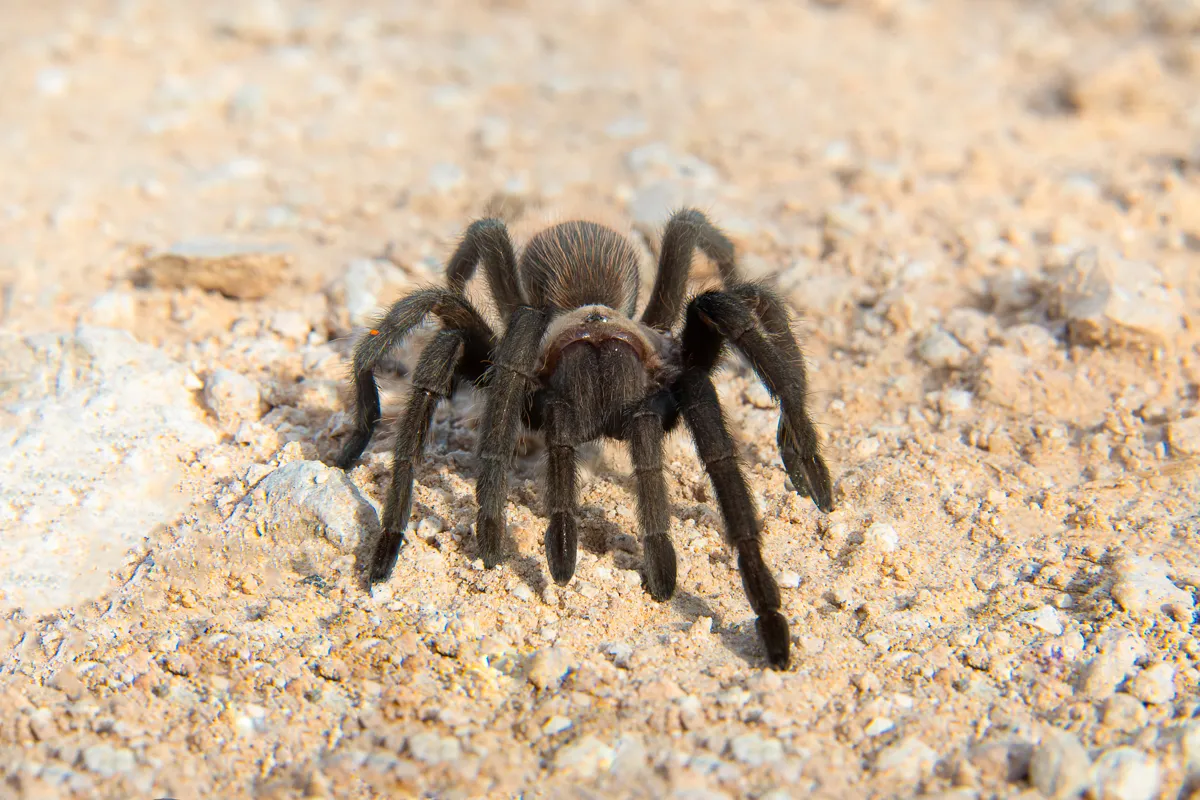
The feeding frequency of a Texas Tan Tarantula depends on its age, size, and environmental conditions. Full grown adults typically eat less frequently than juveniles. They may eat one or two times per week, or even less, if food is scarce. Overfeeding can lead to health problems, so it is important to provide an appropriate amount of food. In captivity, it is essential to monitor the tarantula’s feeding habits and adjust the diet accordingly, to ensure they remain healthy and active. Water is also a crucial component of their diet and they should always have access to fresh water.
Behavior and Temperament
Texas Tan Tarantulas are generally considered docile spiders, but they can exhibit defensive behaviors if they feel threatened. Understanding their behavior and temperament is essential for both those who study them in the wild and those who keep them as pets. The spiders possess certain defensive mechanisms that they use to protect themselves from potential predators. Their interactions with humans vary based on their experience and the handling they receive. Their natural behavior reflects an ancient lineage, finely tuned to their environment.
Defensive Mechanisms
When threatened, Texas Tan Tarantulas may employ several defense mechanisms. They can flick urticating hairs from their abdomen towards a perceived threat, which can cause skin irritation. They might also adopt a defensive posture, raising their front legs and displaying their fangs. In rare cases, they may bite, though this is usually a last resort. These behaviors are intended to deter predators and protect themselves. Their defense mechanisms illustrate their struggle for survival.
Common Behaviors
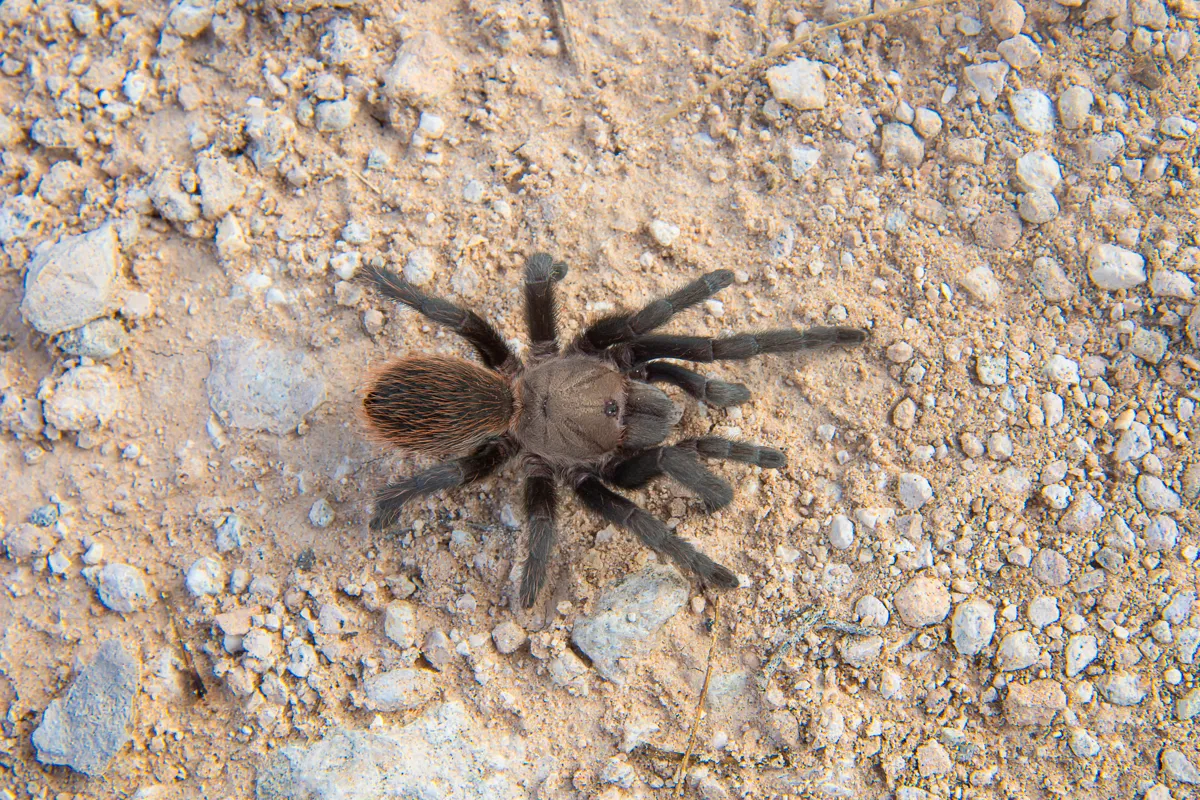
Common behaviors include burrowing, hunting, and molting. They are mostly nocturnal, spending the day in their burrows and emerging at night to hunt. They are meticulous groomers, cleaning their legs and fangs regularly. Their activities are focused on survival. The study of their behavior provides important insights into their ecological role, and enables the researchers to further examine the behaviors that will keep the species from going extinct.
Molting Process
Molting is a critical process for all tarantulas, including the Texas Tan Tarantula. It is the way the spider grows and replaces its exoskeleton. Molting is a vulnerable time for the spider, but it is essential for its survival. The process is fascinating to observe, revealing the spider’s growth and development. Careful attention is required when a tarantula is molting, to protect it from any disturbances.
What is Molting
Molting is the process where a tarantula sheds its old exoskeleton to grow a new one. This happens as the spider grows and needs a larger shell to accommodate its increasing size. The old exoskeleton splits open, and the spider slowly crawls out of it, leaving behind a perfect replica of its former self. The new exoskeleton is initially soft and pliable, hardening over time. The tarantula is defenseless during this period.
Molting Frequency
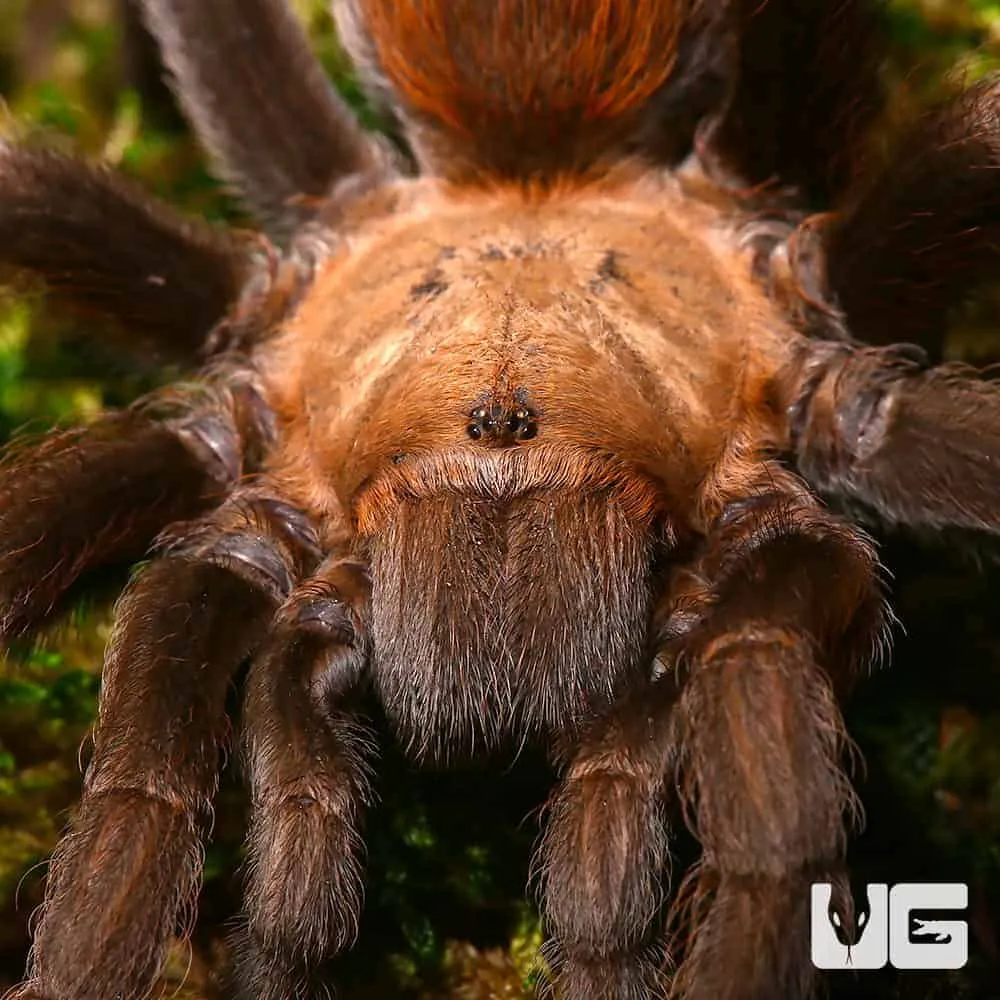
The frequency of molting decreases as the tarantula matures. Juveniles molt much more often than adults, sometimes every few months. Full grown adults may molt only once a year, or even less frequently. The frequency of molting also depends on factors such as diet, temperature, and humidity. Providing the right environment is crucial to help these tarantulas go through the molting process.
Conservation Status and Threats
The Texas Tan Tarantula is not currently considered to be an endangered species, but its populations can be impacted by habitat loss, pesticide use, and the pet trade. Conservation efforts focus on protecting their habitat, controlling pesticide use, and promoting responsible pet ownership. Understanding the threats that tarantulas face is essential to their survival. It is important for these spiders to be protected for future generations to enjoy and study.
In conclusion, the full grown Texas Tan Tarantula is a remarkable creature that plays an important role in its ecosystem. From its unique appearance and behavior to its habitat and feeding habits, this spider offers a fascinating glimpse into the world of arachnids. Protecting their habitat and promoting responsible practices are crucial to ensuring the survival of these amazing creatures for generations to come.
